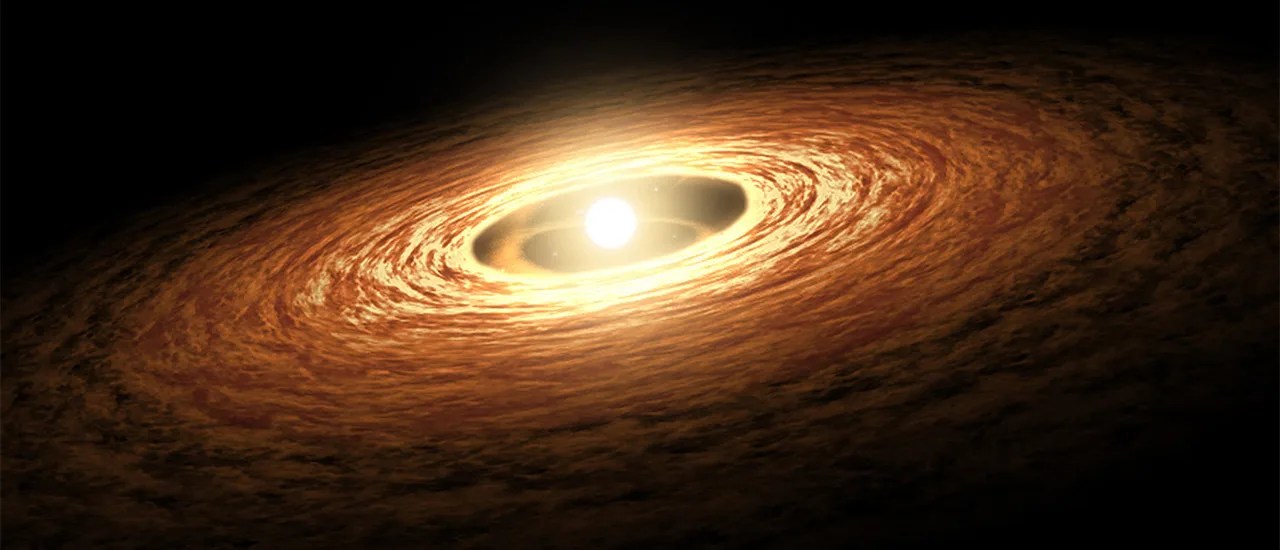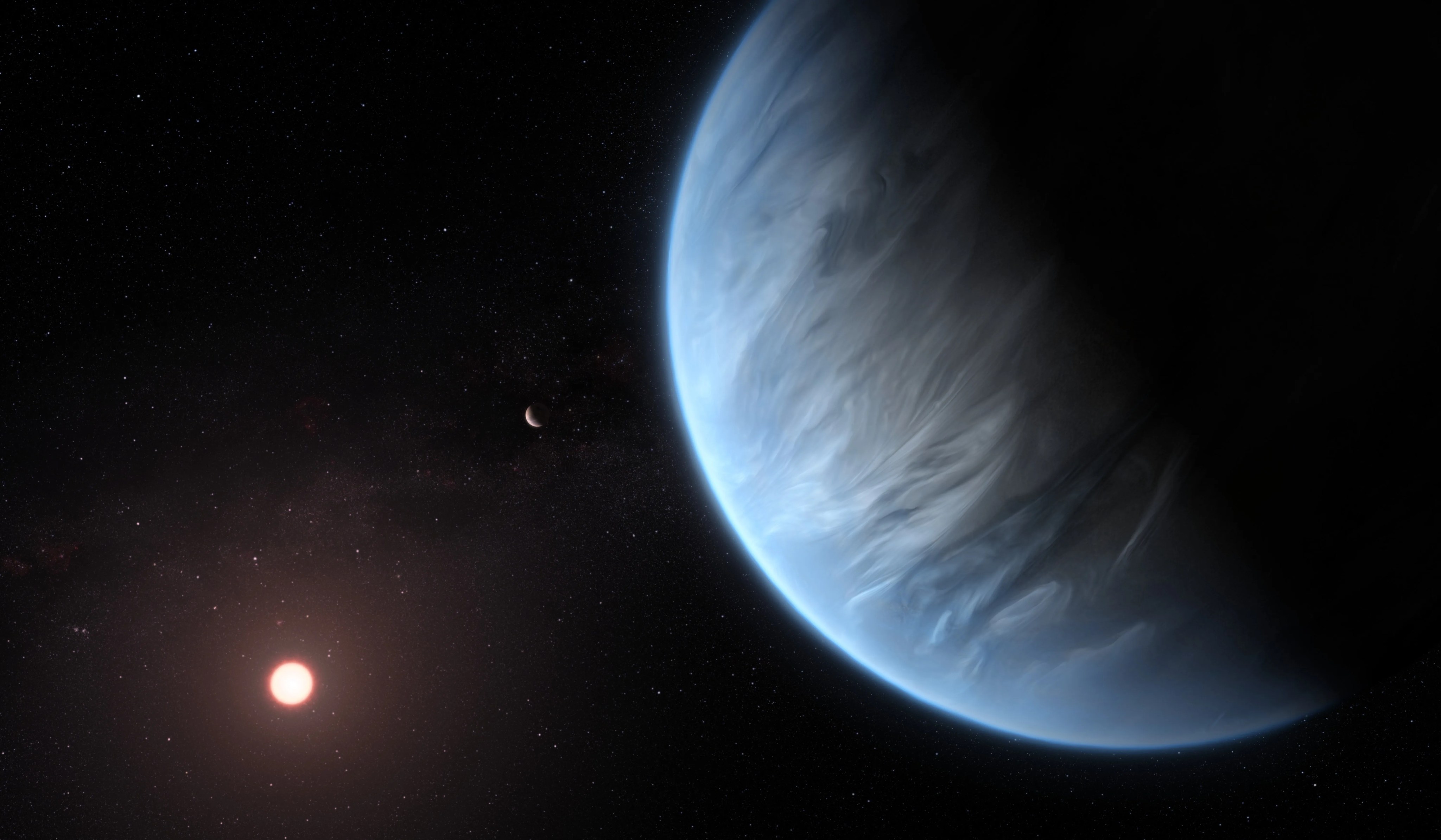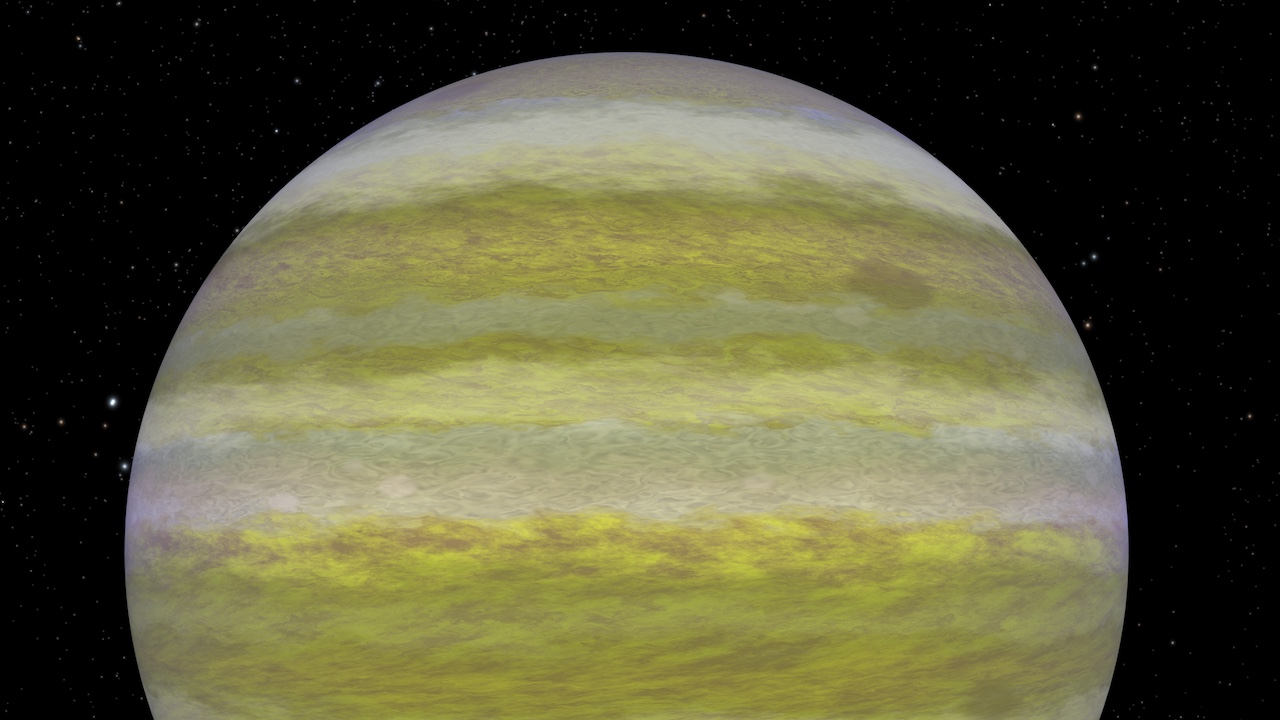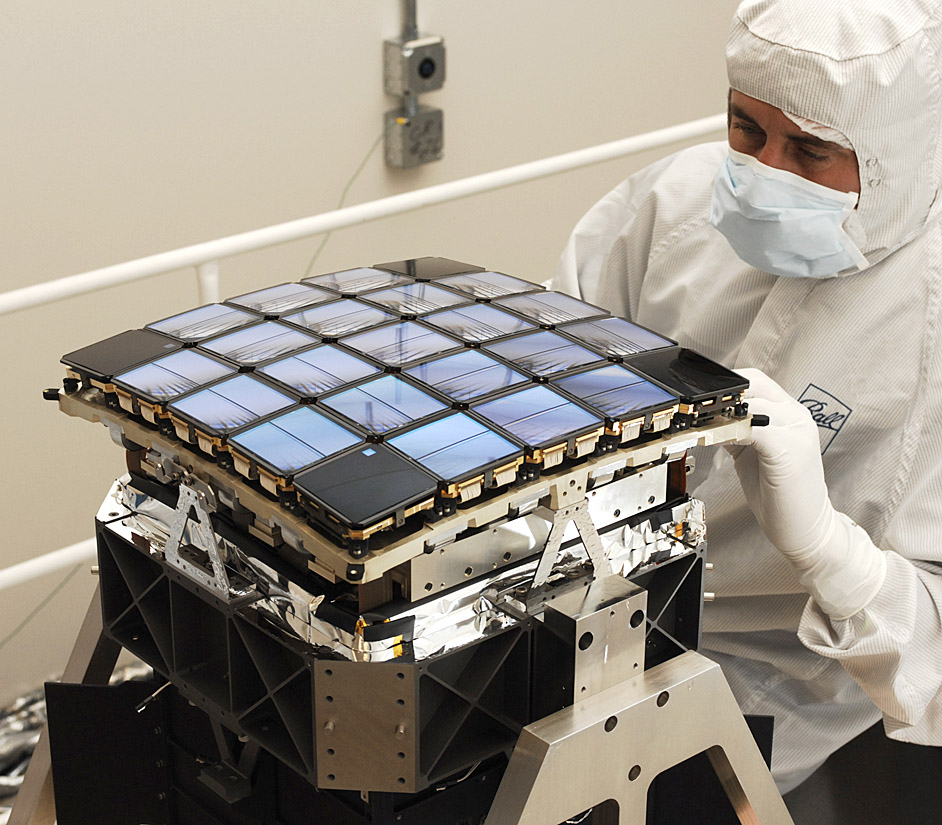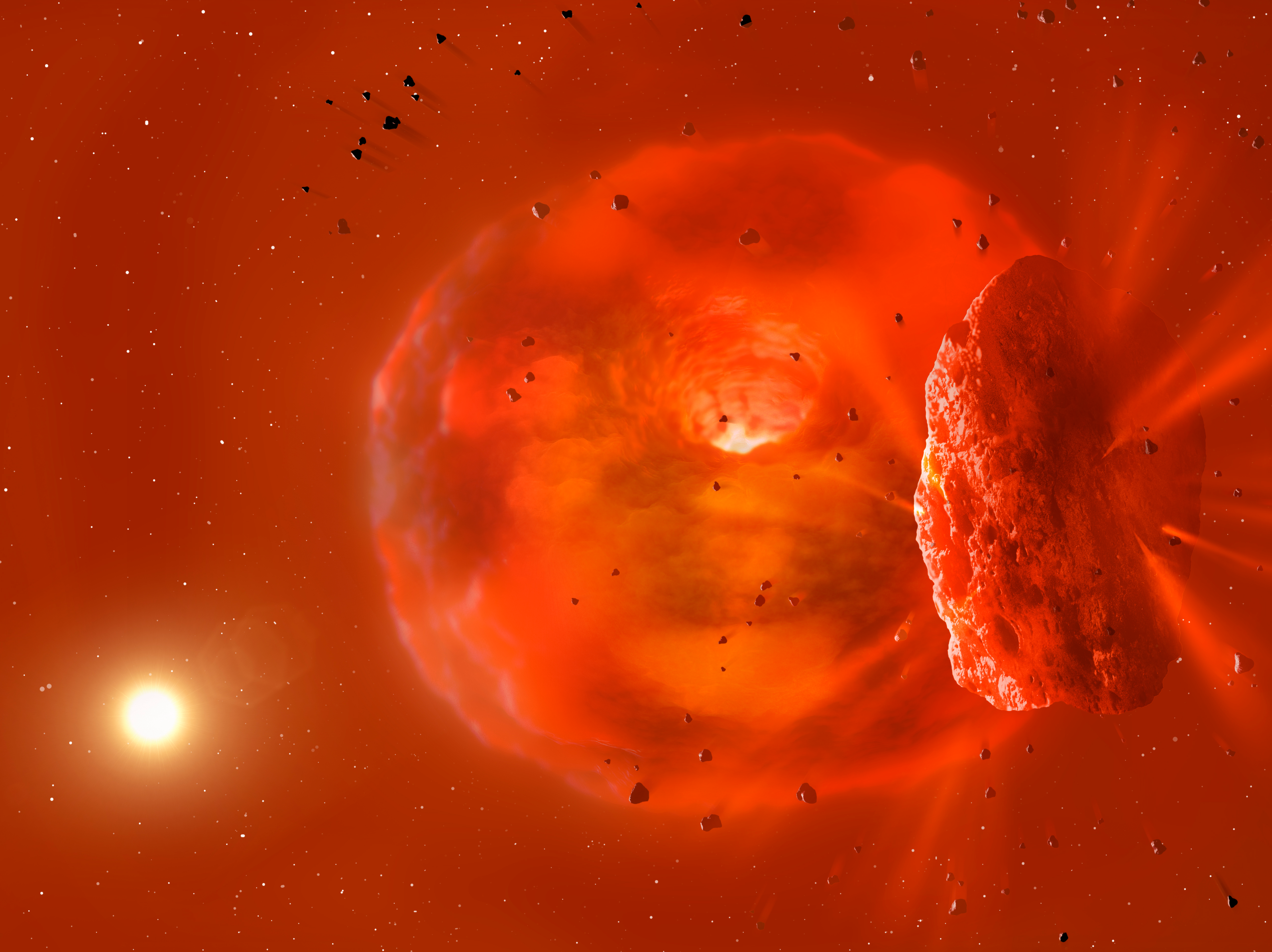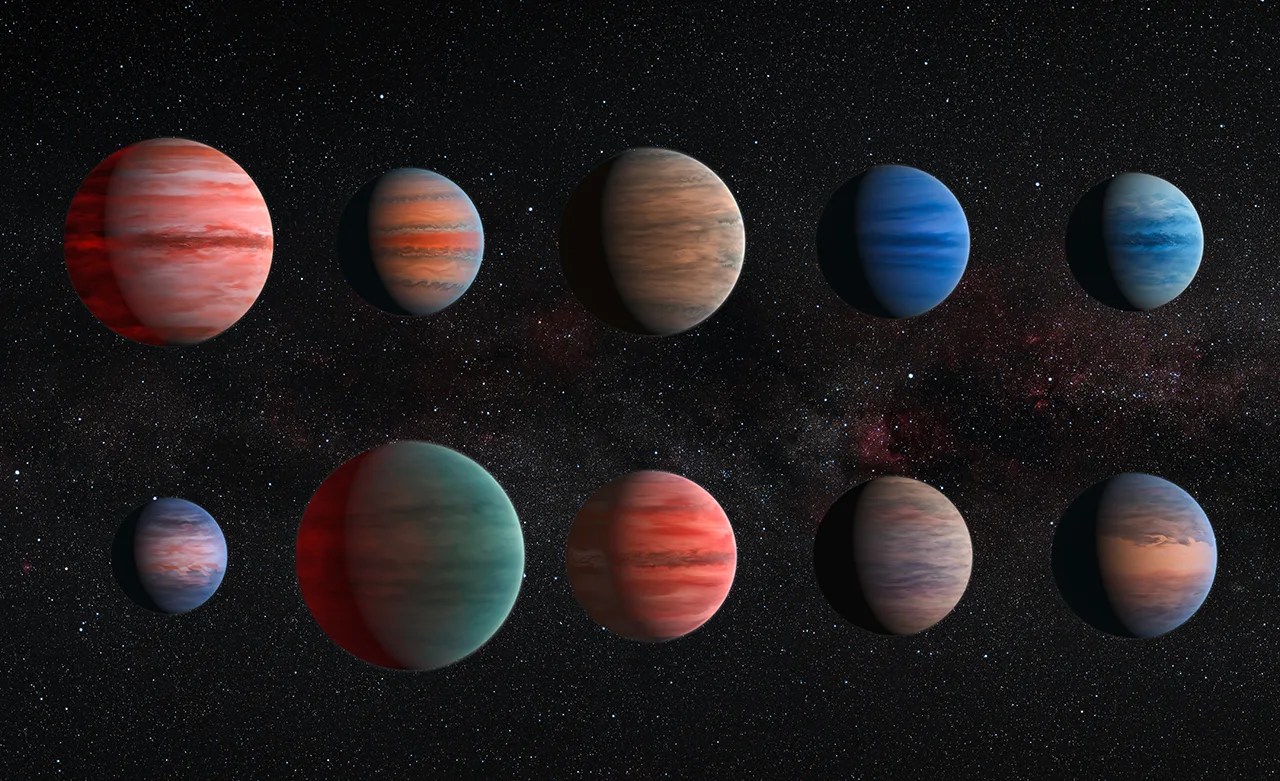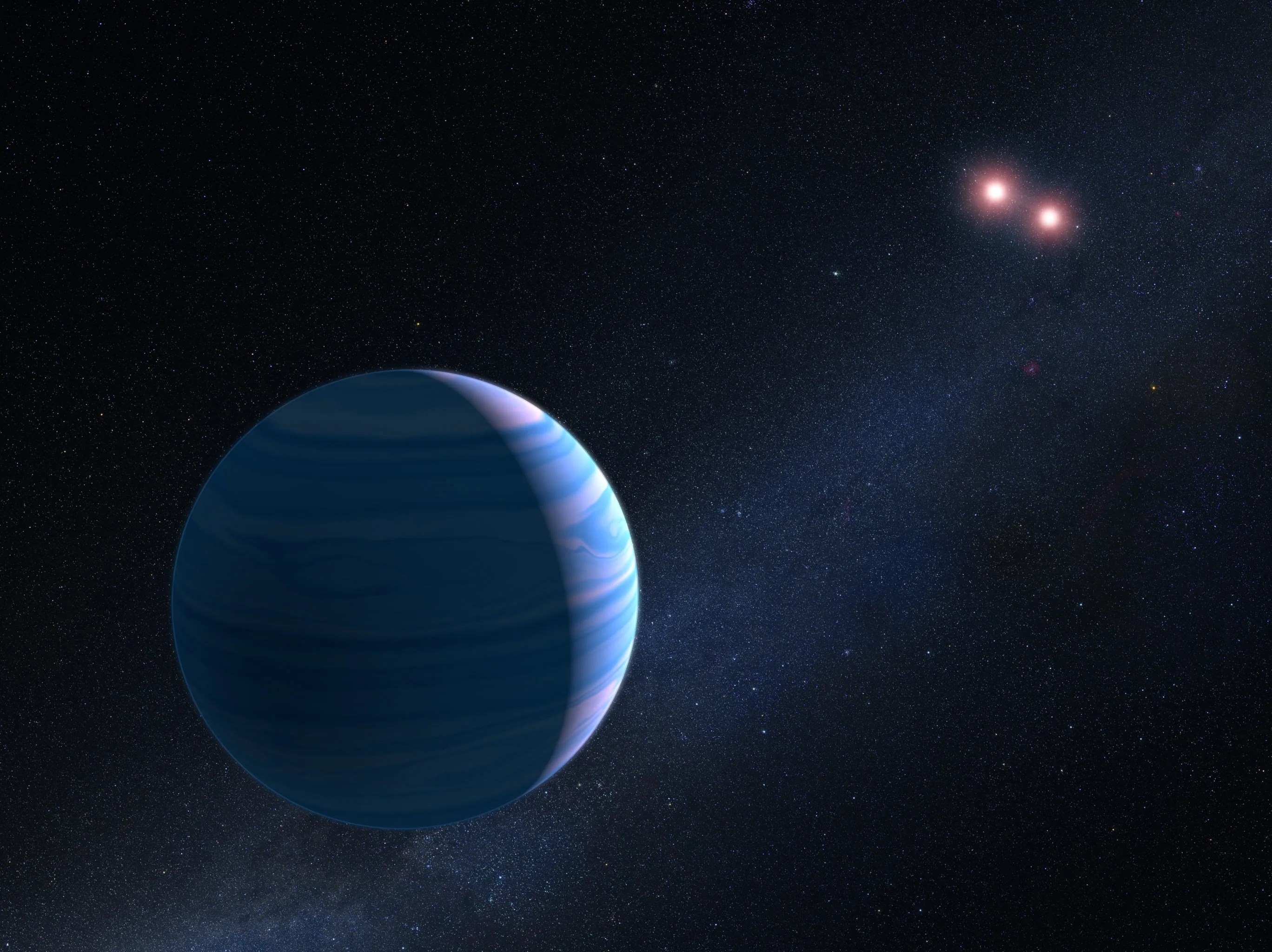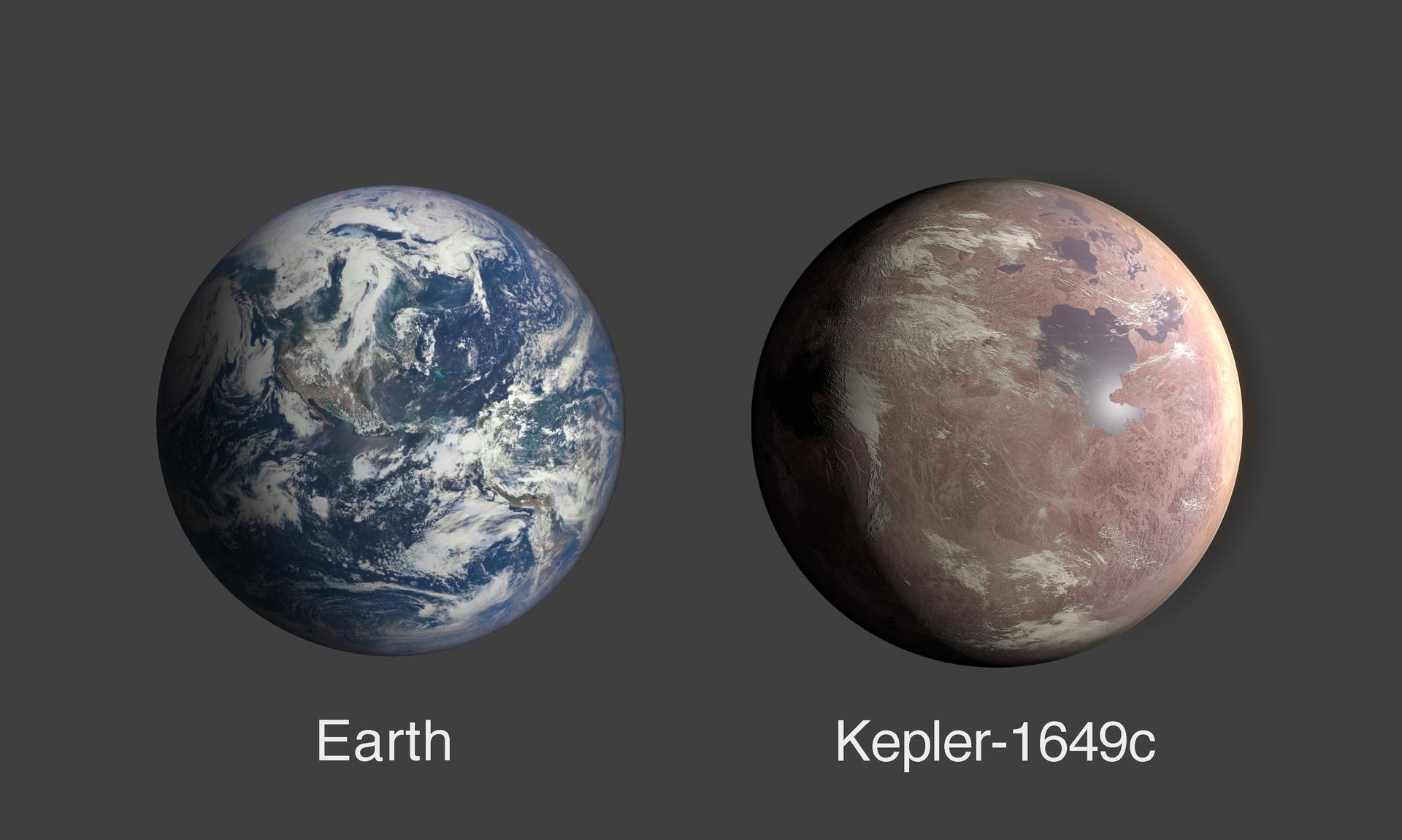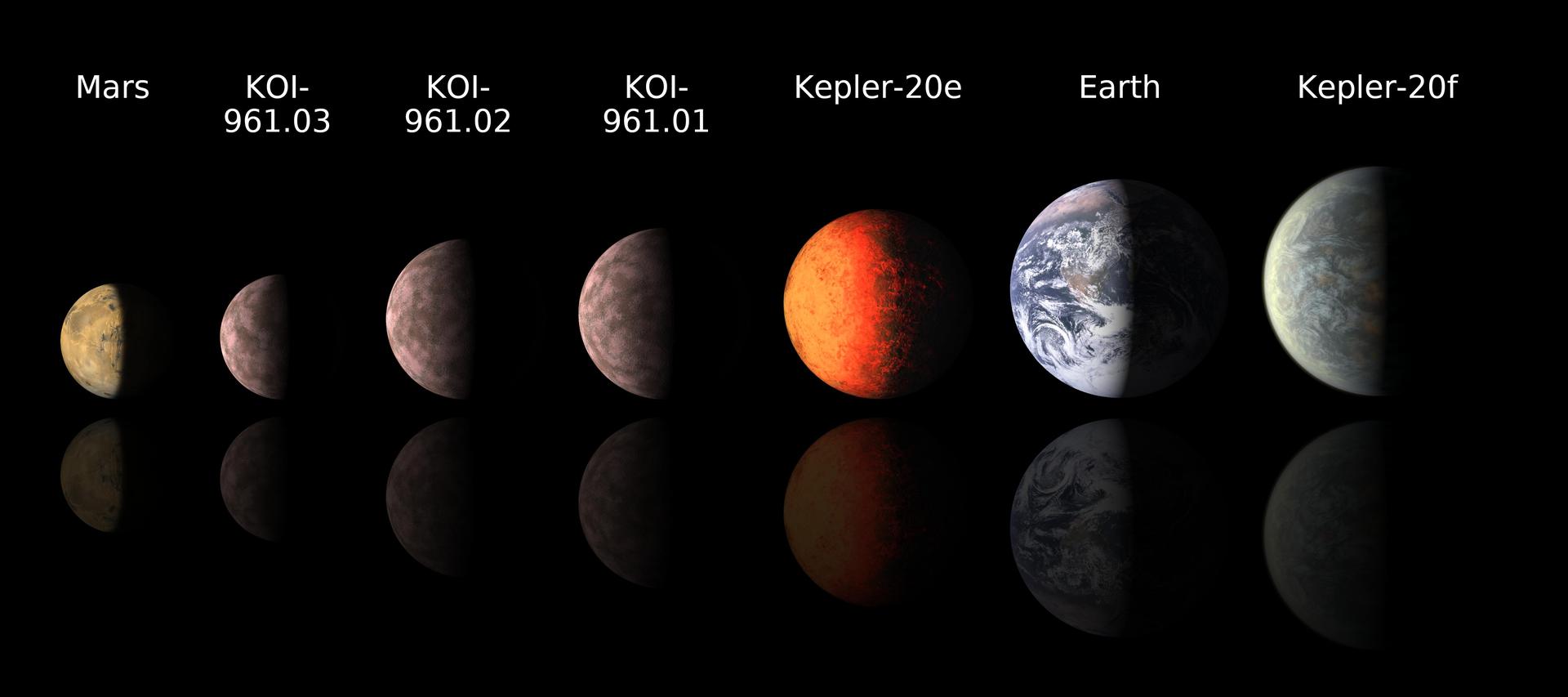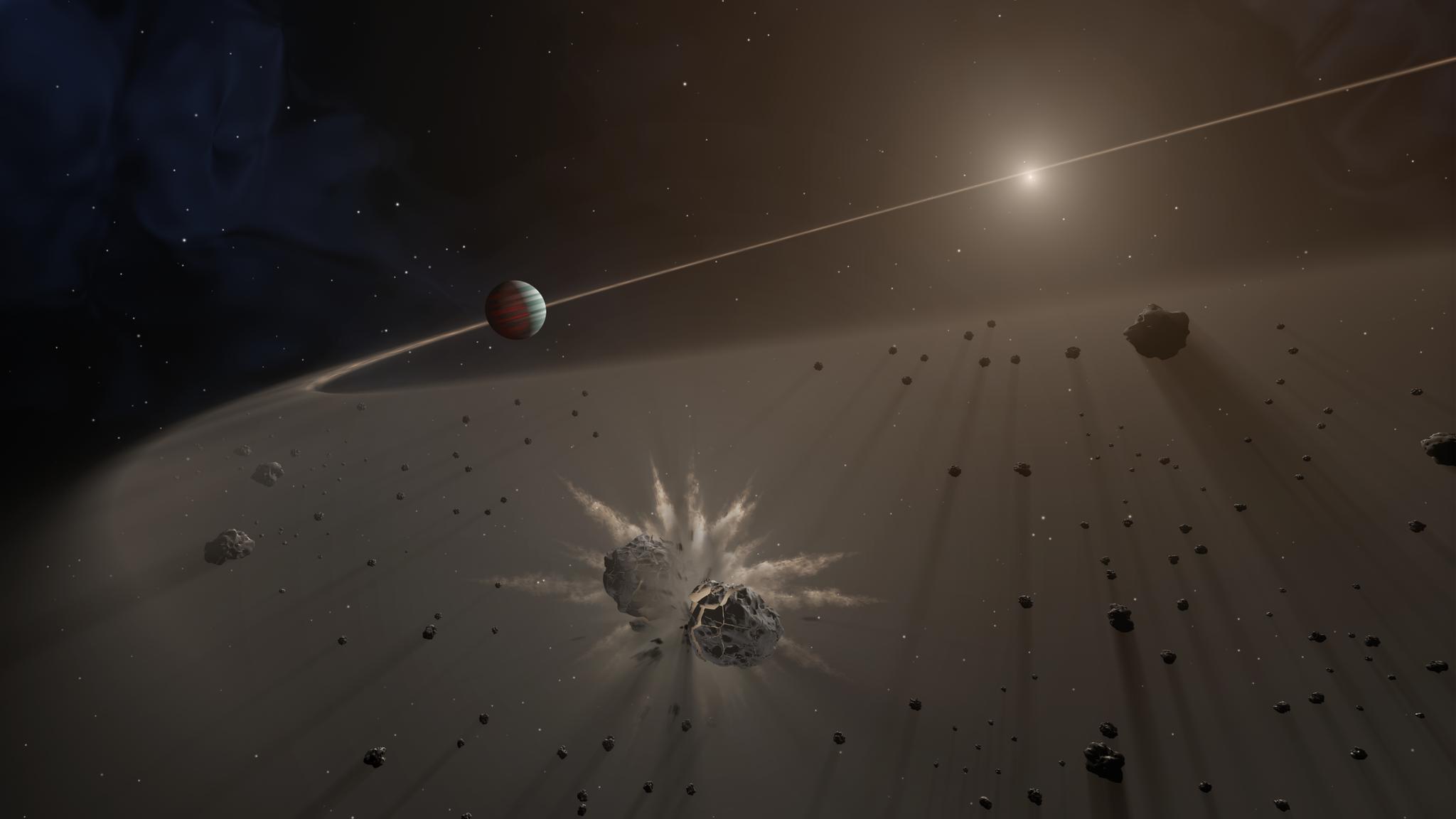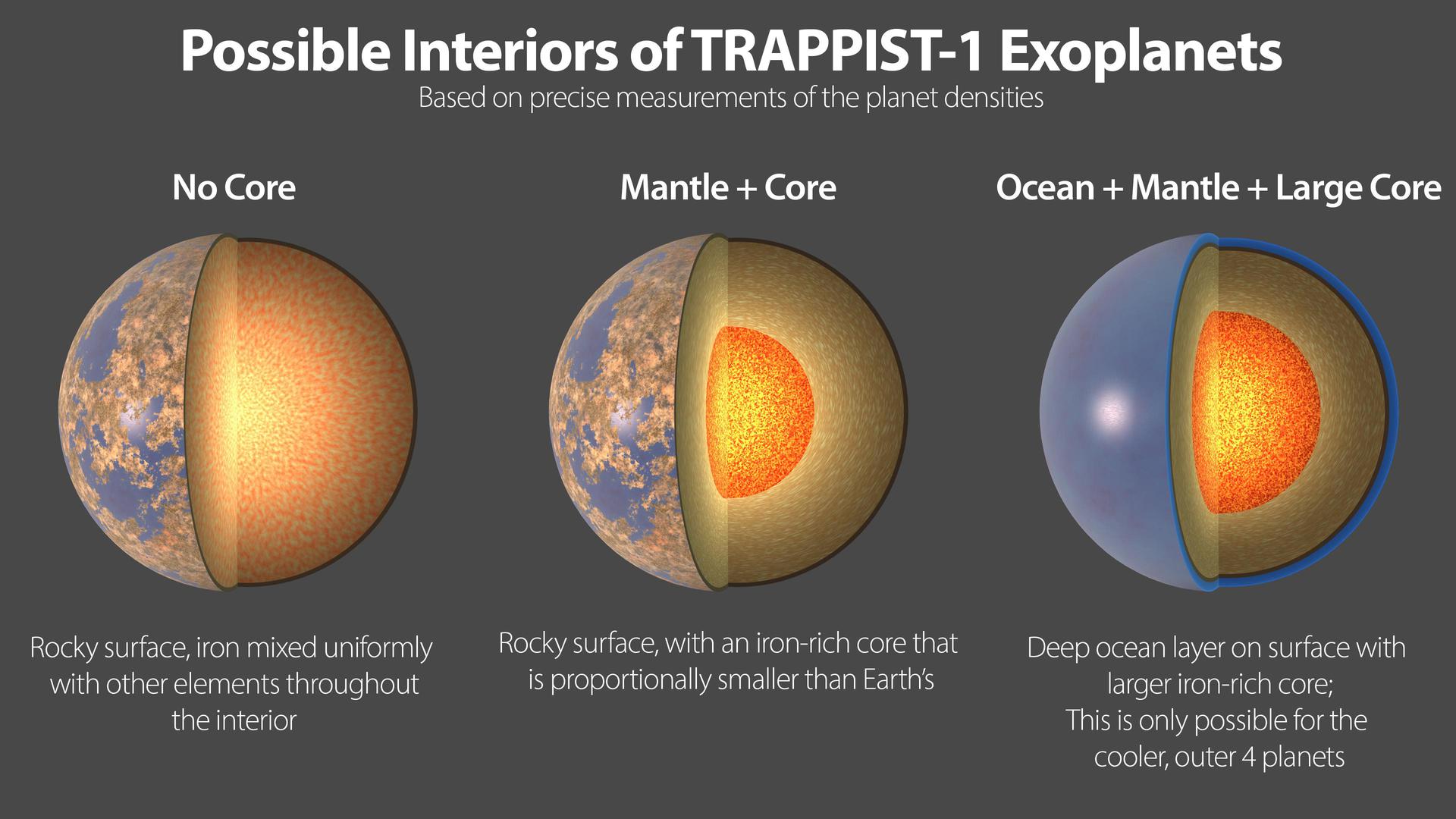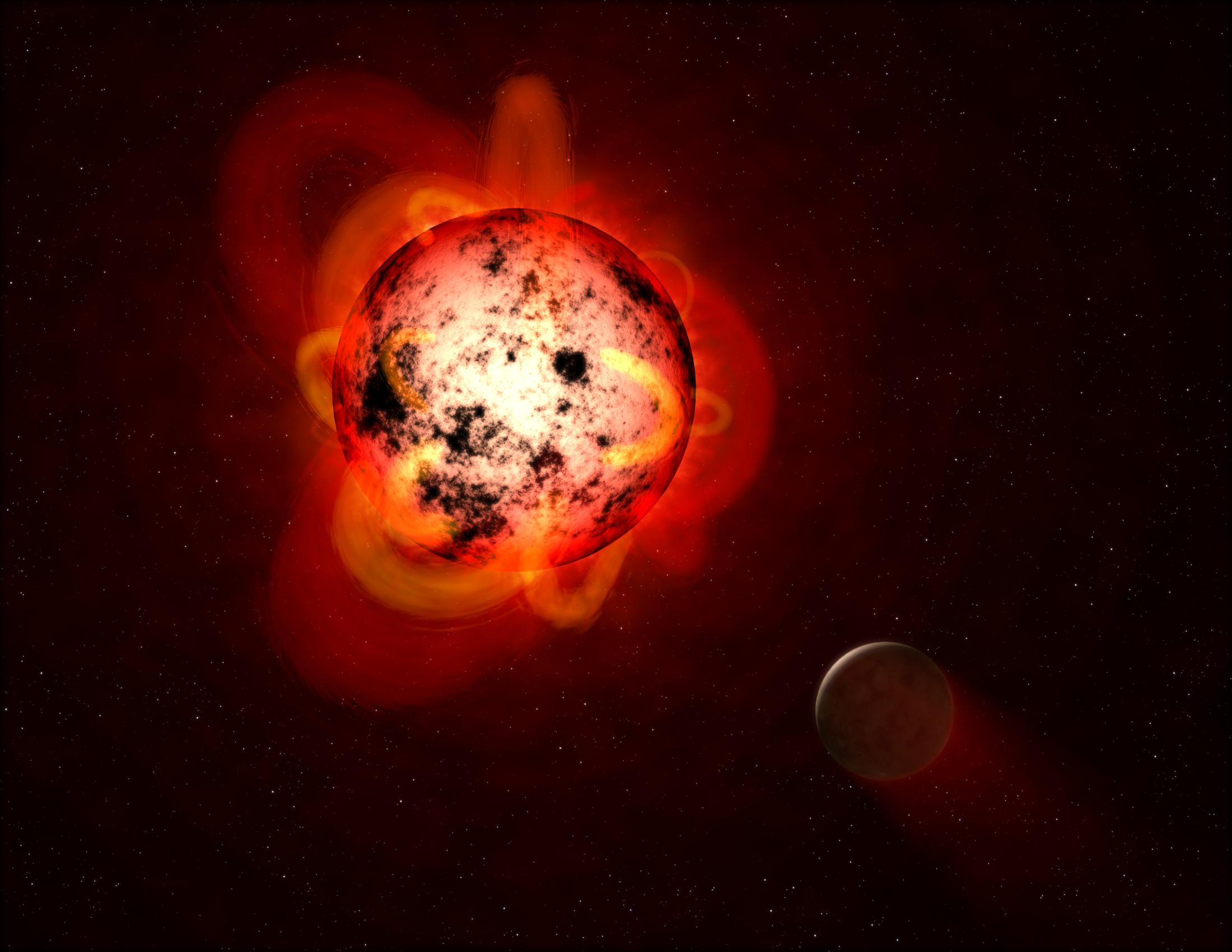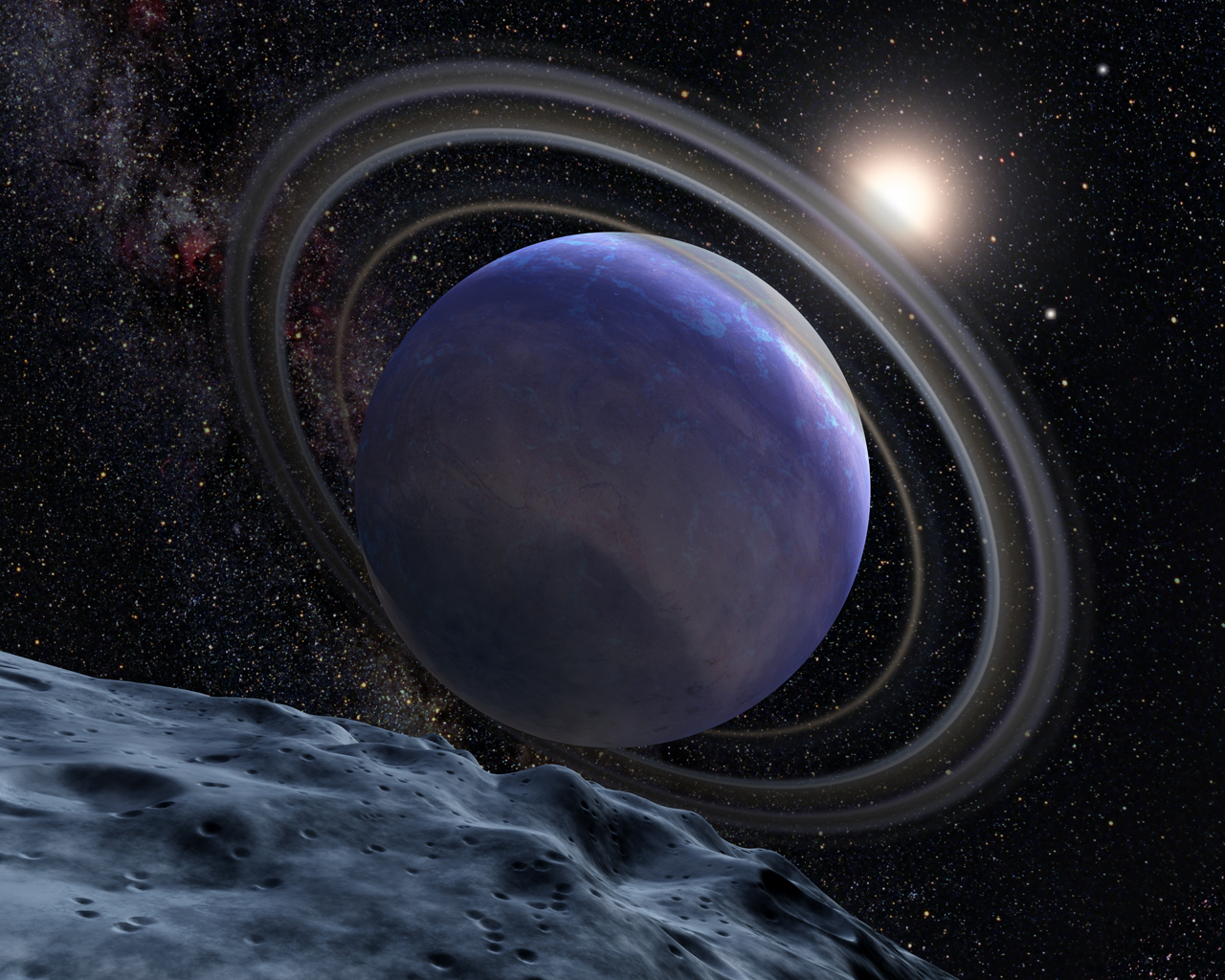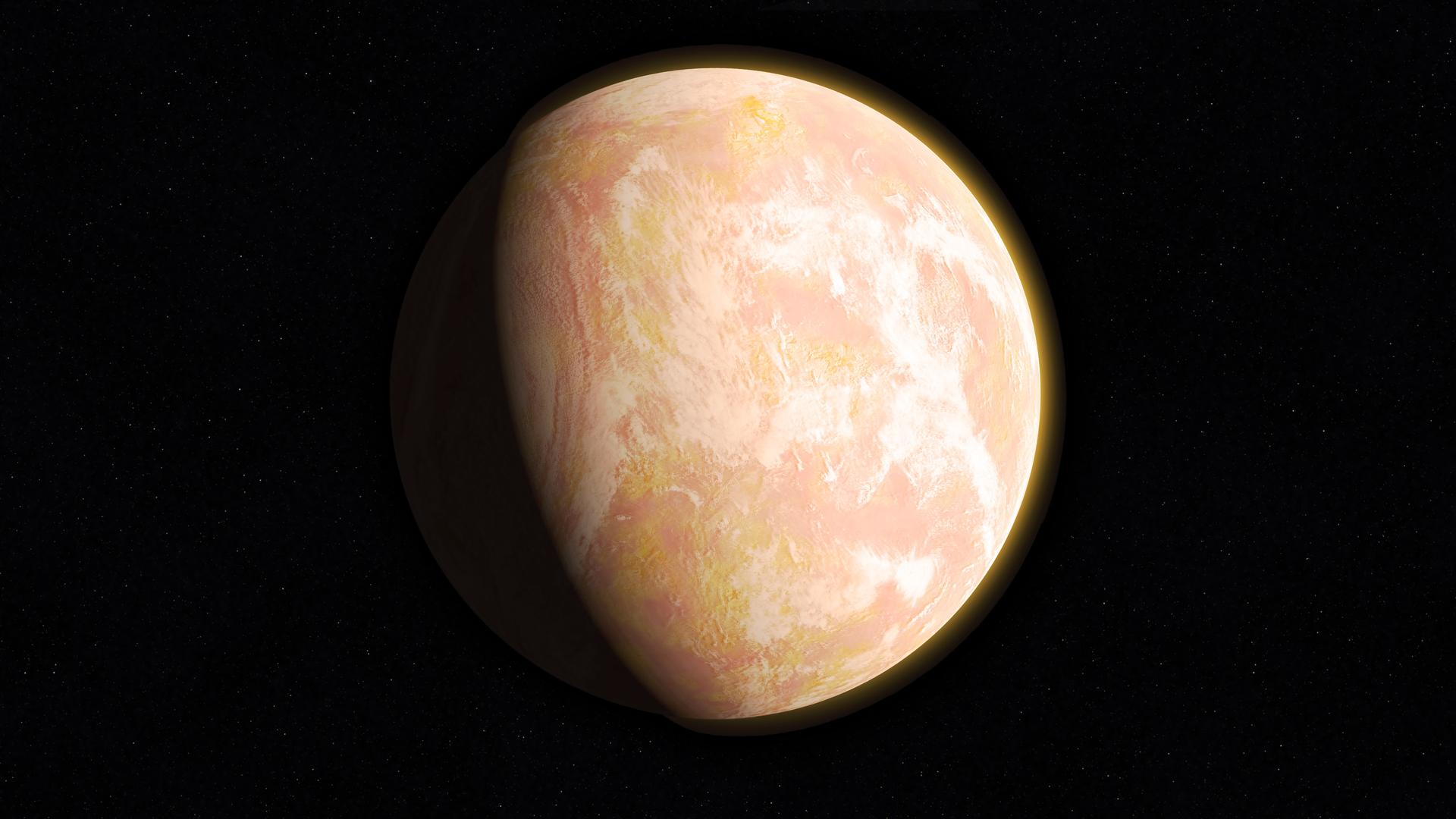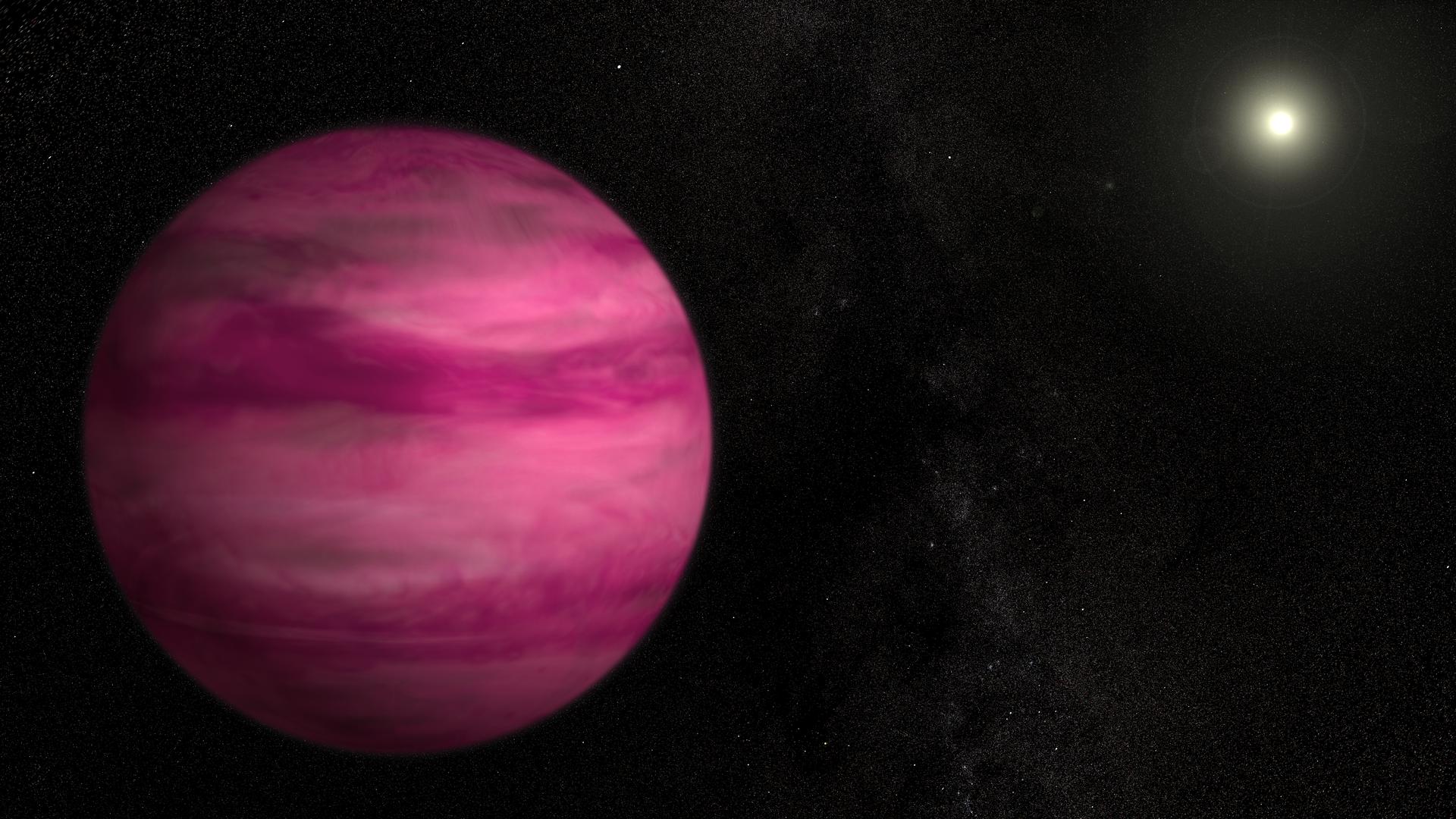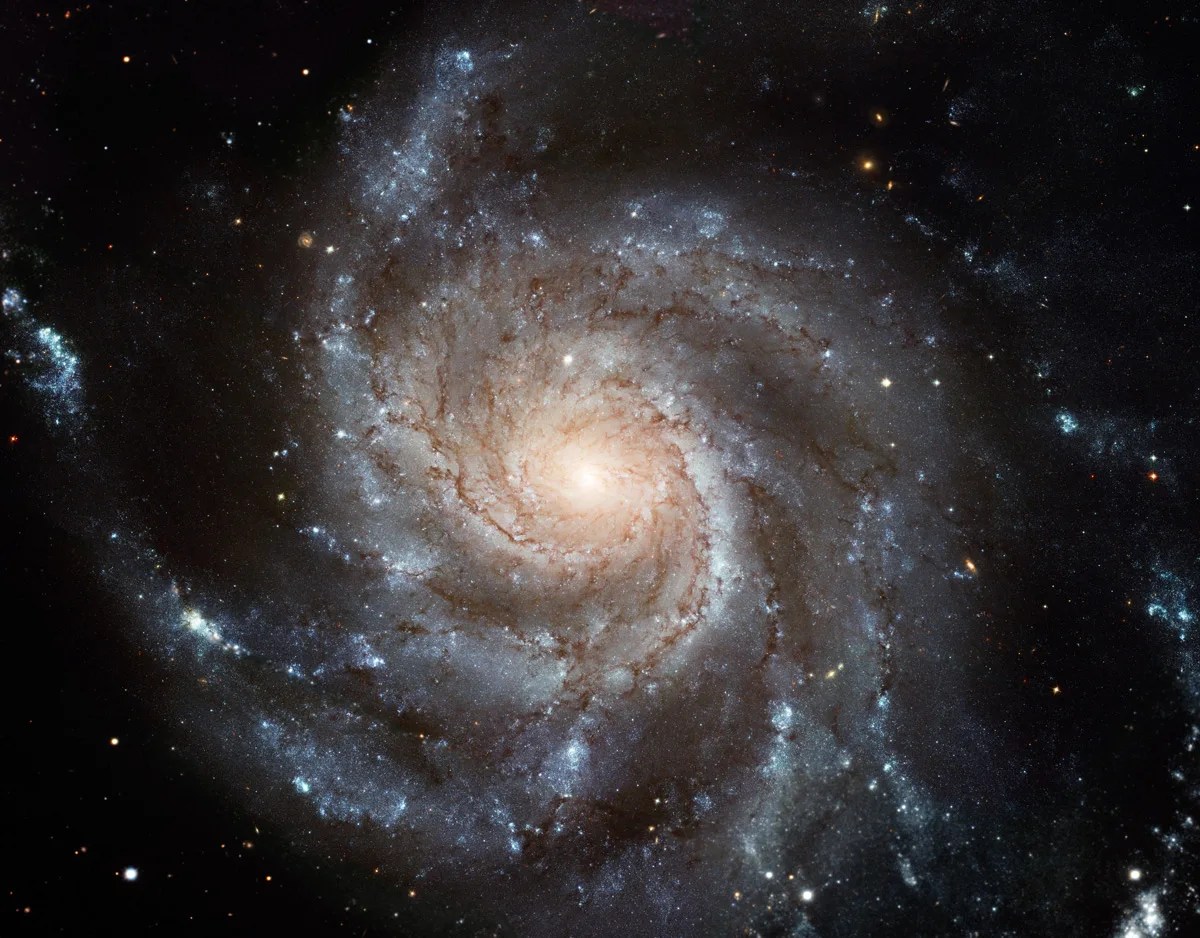Overview
Most of the exoplanets discovered so far are in a relatively small region of our galaxy, the Milky Way. ("Small" meaning within thousands of light-years of our solar system; one light-year equals 5.88 trillion miles, or 9.46 trillion kilometers.) Even the closest known exoplanet to Earth, Proxima Centauri b, is still about 4 light-years away. We know there are more planets than stars in the galaxy.
By measuring exoplanets’ sizes (diameters) and masses (weights), we can see compositions ranging from rocky (like Earth and Venus) to gas-rich (like Jupiter and Saturn). Some planets may be dominated by water or ice, while others are dominated by iron or carbon. We’ve identified lava worlds covered in molten seas, puffy planets the density of Styrofoam and dense cores of planets still orbiting their stars.
Exoplanets
Exoplanet Types
So far scientists have categorized exoplanets into the following types: Gas giant, Neptunian, super-Earth and terrestrial with subcategories like mini-Neptunes within those groups.
Learn More about Exoplanet Types